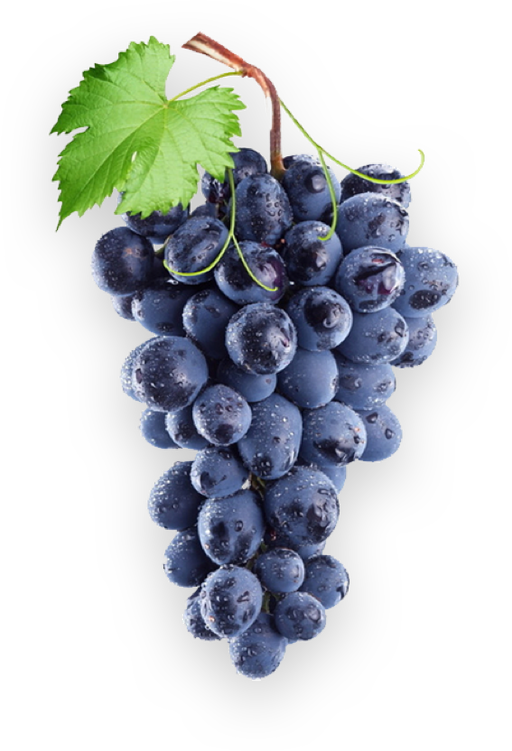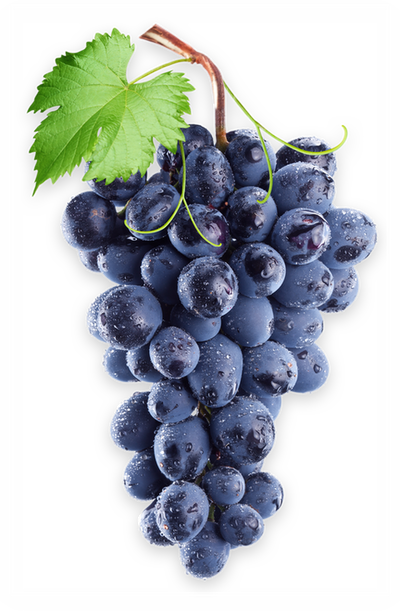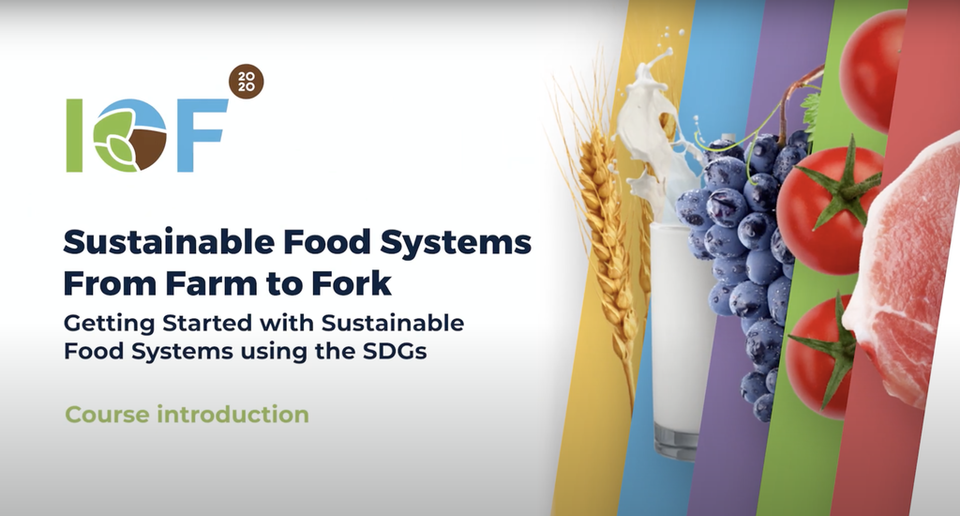
iOf2020 from farm to fork

Workshop: How to use the SDGs as a proxy to align with the EU Farm to Fork strategy
Tailored to IoF2020 Use Cases but applicable to any project, this workshop will guide you through a 5-step journey to start aligning your activities with the EU Farm to Fork Strategy and the EU Geen Deal
There are two ways to go through this workshop. Entirely Online or by using the print-out materials:
In this workshop you will learn:
Farm 2 Fork Strategy
Understand the Farm2Fork Strategy and how it relates to your project.
Sustainable Development Goals
Understand what the SDGs are, how they drive systemic change and how your projects can contribute to them.
Mapping Use Case solutions
how to map your Use Case solutions to the SDGs.
Mapping your Use Cases
how to map your use case solutions to the Challenges of the Green Deal Farm 2 Fork Strategy.
Creating a concise pitch
to succinctly describe what you are working on and how you contribute to the EU green deal & 2030 Agenda.

Box 2
Example of an iterative Value Sensitive Design process
making a mobility app for blind people
Conceptual research
In the conceptual research the researchers identified the key stakeholders – both direct and indirect stakeholders - related to applications that support blind and deafblind people in using public transport. Then researchers made a first identification of values at stake in the domain. For this, the researchers used the UN Convention on the Rights of People with Disabilities. They also found other values that play a role such as security, trust and privacy. Safety turned out to be very important for the potential users.
Empirical study (1): identifying values
In this phase the researchers conducted 30- to 45-minutes semi-structured interviews with 6 blind adults (2 men and 4 women). The 6 participants gave the highest priority to the values ‘independence’ and ‘trust’. They expressed great concern about ‘safety’. The participants often asked other people for information about their environment, but people who give reliable information are not always present. They preferred to access information on their iPhone or GPS system (in accordance with the importance of independence). But getting the information by speech can be distracting and unsafe or difficult to hear when they are in the bus or train. The present professional specialized supporting technology was expensive and inconvenient to carry.
The researchers also conducted 30-minute semi-structured interviews with 7 deafblind adults (4 men, 3 women) and an instructor who provides orientation and mobility training to deafblind people. As with the blind participants, the values of independence, trust and security were prioritized/highlighted in the interviews. All deafblind participants and the instructor associated access to information with the values security and trust. This information is about a person's physical environment (e.g. trees in the middle of sidewalks), bus arrival times, upcoming bus stops and communication with the driver.
The researchers also included bus drivers in the conceptual study because they are the main indirect stakeholders for the technology application. The bus drivers who accidentally transport the blind and deafblind are responsible for the safe arrival at their destination. The researchers sent a survey on drivers' opinions and values to 500 bus drivers. The surveys were completed anonymously. The response was 47%. The survey mainly focused on real-time switching information tools. Part of the survey included questions about passengers who are blind or deafblind. The researchers coded the answers by grouping them into positive, neutral and negative feelings about the carriage of blind or deaf-blind passengers. With few exceptions, responses were very positive.
Technical investigation
Assess current technology
Already in the former empirical research phase, the researchers described current technology, including GPS systems, Braille annotation devices and wearable communication devices especially for deafblind people. These technologies give access to information that provides a certain degree of independence for blind and deafblind people. Other values that were important to the participants were not yet supported by current technology, such as affordability and comfort. Blind participants said that information in Braille had several advantages over information in speech. But deafblind participants have no speech and therefore need Braille devices.
The MoBraille Framework
To better support the identified values, the researchers designed a system that allows blind and deafblind people to access information via Braille on a small, regular smartphone. The system was called MoBraille ("mobile braille").
GoBraille for the blind in public transport
The researchers also developed a MoBraille application (called GoBraille) for the blind that enabled them to get information about (1) the nearest intersection and address, (2) real-time bus arrival for nearby stops and (3) non-visual landmarks and specific location information about nearby stops. In addition, the researchers have also developed a version of GoBraille for deafblind people that gives them real-time information about the bus arrival at his or her current stop. Based on iterative feedback from a deafblind participant, the researchers simplified the interface for deafblind people.
Empirical study (2): evaluating the designed technology applications
Evaluation of GoBraille for the blind
The researchers had GoBraille assessed by 10 blind adults who regularly rode the public transport bus. The evaluation focused on the new aspects of the GoBraille. The evaluation was conducted on a sidewalk of a busy street and near several bus stops. After the researchers explained how the GoBraille application worked, the 10 blind participants were given several tasks to perform using the application. When the tasks were completed the researchers conducted a 20-minute semi-structured interview with the 10 participants. The aim of the interview was to determine how the access to GoBraille’s various information sources would affect a participant's sense of independence and security when using public transportation. The researchers wanted to know how the input and output in Braille interacted with the system. It turned out that the participants were very satisfied with the system.
Co-design with a blind-deaf person
The researchers developed a version of GoBraille for deafblind people by working with a deafblind person who used the bus regularly. This happened in 3 sessions of 1.5 hours each. In each design session several problems emerged. The lessons the researchers learned from this co-design process have been translated into three general guidelines that can be used for designing such applications.
Source: Azenkot, S., S. Prasian, A. Borning, E. Fortuna, R.E. Ladner, J.O. Wobbrock, 2011. Enhancing Independence and Safety for Blind and Deaf-Blind Public Transit Riders. CHI 2011. Vancouver, BC, Canada.
